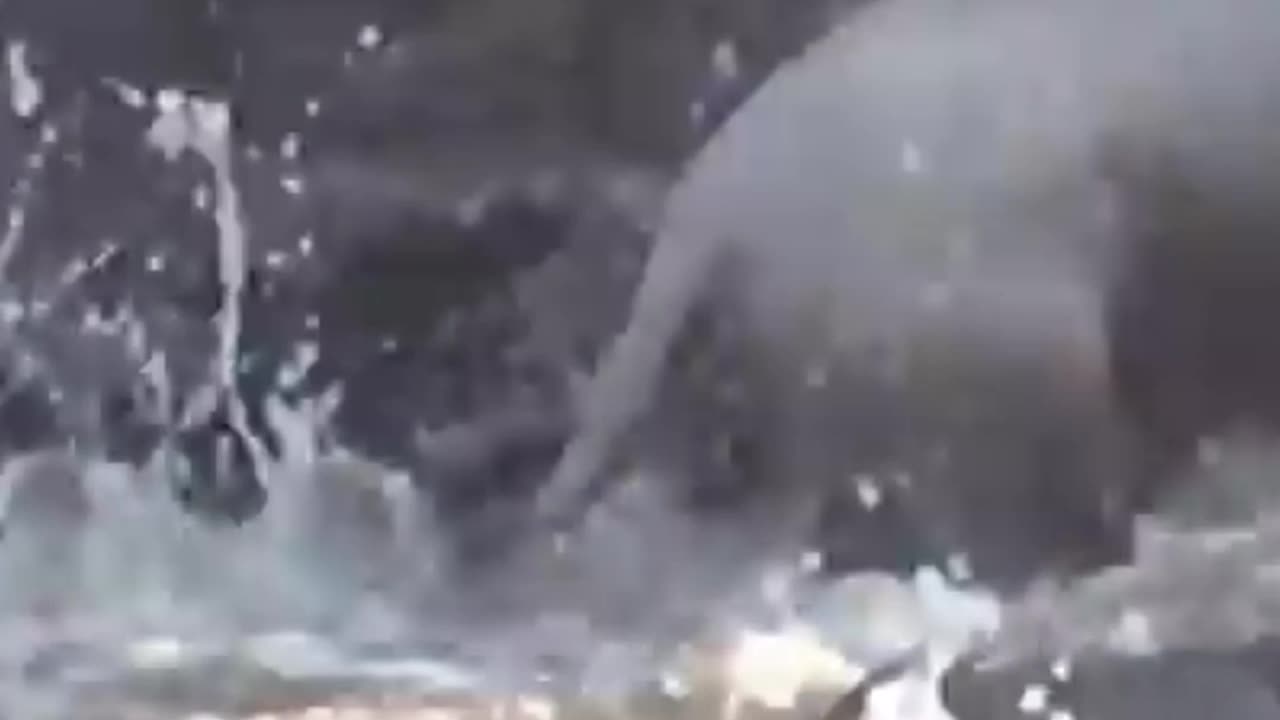Premium Only Content
This video is only available to Rumble Premium subscribers. Subscribe to
enjoy exclusive content and ad-free viewing.

crocodile captures young wildebeest
1 year ago
11
A crocodile's powerful grip on its prey, such as a wildbeest crossing a river, stems from its specialized anatomy and hunting strategy. Once it clamps down with its formidable jaws, designed to hold on with tremendous force, its muscles and tendons automatically engage in a reflexive lock. This locking mechanism is involuntary, ensuring that even if the crocodile momentarily relaxes, the grip remains tight. Moreover, the crocodile's serrated teeth interlock like a trap, making it incredibly difficult for the prey to escape. This combination of muscular strength, tendon reflexes, and tooth structure makes it nearly impossible for a wildbeest to break free once ensnared, allowing the crocodile to secure its meal with unwavering tenacity.
Loading comments...
-
 36:53
36:53
The Brett Cooper Show
1 day ago $2.91 earnedBill Belichick’s BIZARRE Relationship and Meghan Markle’s Podcast Disaster | Episode 28
5.29K10 -
 LIVE
LIVE
StoneMountain64
2 hours agoWildest Warzone CUSTOM Games
476 watching -
 1:38:28
1:38:28
Russell Brand
3 hours agoHOLY SH*T… Trump ENDS Gain Of Function, Tulsi CONFIRMS Ukraine Bio-Labs! – SF578
121K37 -
 42:35
42:35
The Escape Zone
3 hours ago $0.02 earnedDigital Surveillance, Biblical Prepping & Grid-Proof Survival – Seth Holehouse Unfiltered
19 -
 17:09
17:09
TheCommonSenseShow
20 hours agoMAINSTREAM HAS IMPLODED! HERE'S HOW YOU WILL GET YOUR NEWS!
1.06K4 -
 21:03
21:03
UnchartedX
13 days agoAre the Precision Ancient Stone Vases Modern Fakes? Provenance, and Scanning in the Petrie Museum!
5.07K9 -
 LIVE
LIVE
Barry Cunningham
3 hours agoTRUMP DAILY BRIEFING: CANADA COMES TO KISS THE RING! WESLEY HUNT INTERVIEW!
1,377 watching -
 LIVE
LIVE
Right Side Broadcasting Network
4 hours agoLIVE: Pam Bondi Holds a DOJ Presser, Trump Holds FIFA Task Force Meeting, and More - 5/6/25
2,923 watching -
 LIVE
LIVE
Spartan (Pro Halo esports Player)
39 minutes agoPro Halo Player | Back to Streaming | Warming up then scrims no comms | !optimization #ForTrav !ads !loginfix
17 watching -
 58:13
58:13
Sean Unpaved
2 hours agoHoops Shocks, Nature's Wrath, & Number Crunch
18.2K